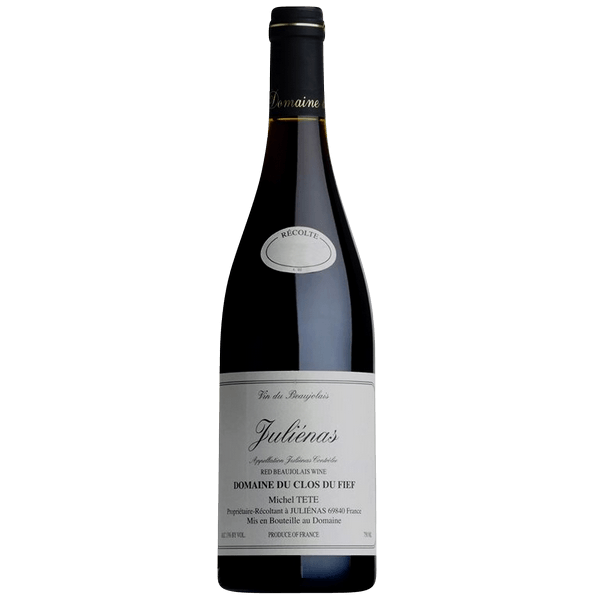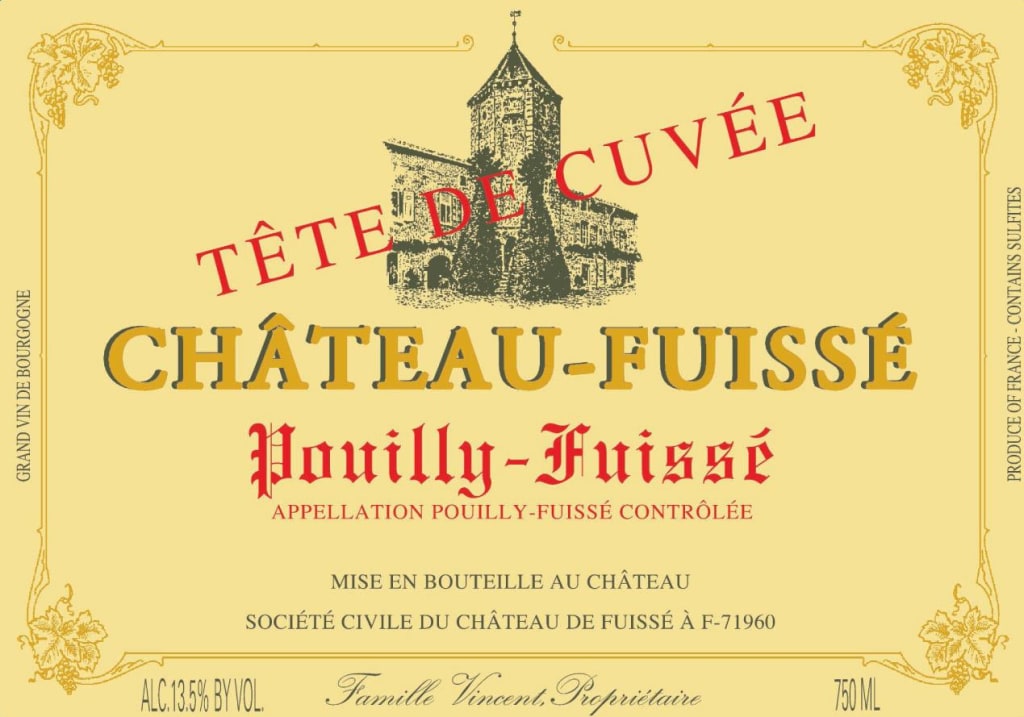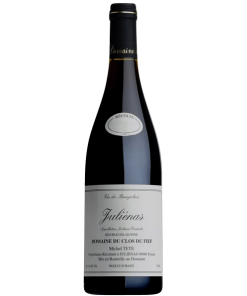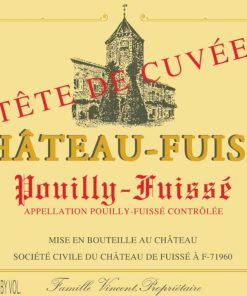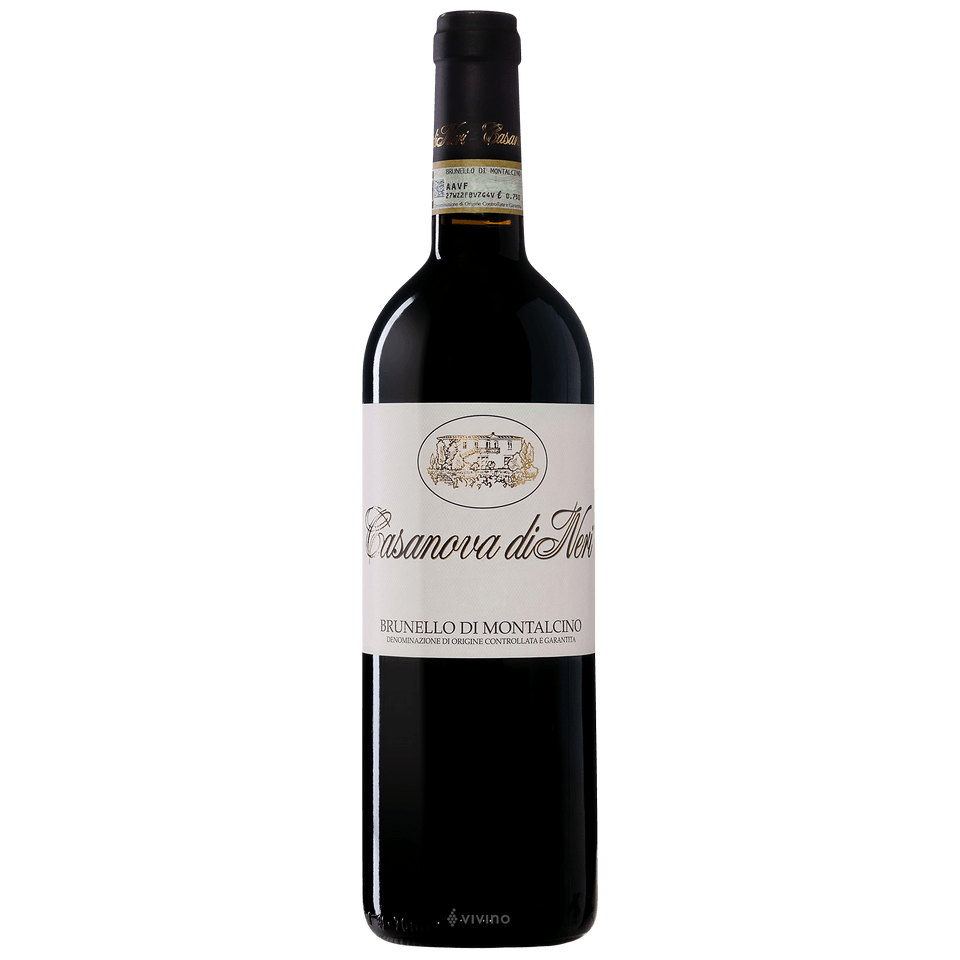-
×
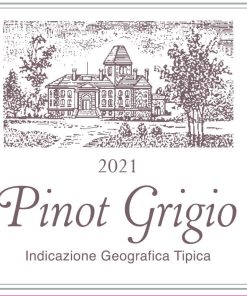 2022 Borgo Bella Puglia Pinot Grigio 750ML
1 × $17.99
2022 Borgo Bella Puglia Pinot Grigio 750ML
1 × $17.99
2020 Chateau De Julienas Julienas Cuvee Tradition
2020 Chateau De Julienas Julienas Cuvee Tradition This 2020 wine is rich with young tannins that promise excellent aging. Ripe red-berry fruits have a touch of spice as well as a lightly herbal edge. It is developing well as its silky texture begins to show.
Chateau Fuisse
Château Fuissé dates back to 1604 and has been in the Vincent family for five generations. Each generation has added land, increased quality and enhanced the worldwide recognition of the château. Today under direction of Antoine Vincent, Jean-Jacques Vincent’s son, Château Fuissé has reached the pinnacle of quality in the region with its wines rivaling the more famous appellations of Puligny-Montrachet, Chassagne-Montrachet and Meursault to the north.
The most famous vineyards of Les Brûlés, Les Combettes and Le Clos surrounding the château are bottled as specific cuvées to showcase their unique terroir. Presently, both Les Brûlés and Le Clos are in review by the INAO for premiers crus designation. Currently, Mâcon is the lone region in Burgundy lacking even one premier cru. But if one (or more) of the region’s vineyards wins approval, such a designation will be the first-ever premier cru in the Mâconnais.) Château Fuissé also produces quality-driven wines sourced mainly from family-owned properties in the Mâcon under the Vincent Signature label. Each of these wines is produced with the same care and expertise as the domaine bottlings.
Red wine
Red wine has been prevalent since prehistory (the period before written records) as winemaking originated and spread throughout the world. In this case, “red blend” refers to any red wine that contains more than one red grape variety in the final product, though certain red blends can have their own designation as varietal wines despite comprising multiple grapes.
For much of the history of European wine, red blends were in fact more common than single varietals, as winemaking was typically region-centric and featured grapes consolidated from vineyards across a given area. One famous example of this practice is the Bordeaux blend, which originated in the 18th or 19th century and usually comprises Cabernet Sauvignon, Merlot and Cabernet Franc.
Though prominent red blends such as Bordeaux still remain popular, many red blends have been associated with lower quality due to the assumption that the term indicates cheaper table wines. However, many high-quality wine producers still elect to produce red blends, and these wines can in fact offer many unique and delicious flavors due to the winery’s ability to custom design the profile of their product.
Red blends are prepared from a variety of red grapes, usually crushed and fermented individually before any blending takes place. Finding the right blend often requires blending trials, where the winemaker tastes the wine and offers suggestions for how to modify the blend. This process is more common with new world blends, whereas traditional blends such as Bordeaux or Chianti can simply be produced following age-old practices. Aging potential varies, though many high-quality red blends can be aged in oak or bottle. Flavors also vary, though in general most red blends will have notes of red or black fruit.
Related products
$126.00
2020 Jean-Claude Bachelet Chassagne-Montrachet 1er Cru Macherelles 2020 Jean-Claude Bachelet Chassagne-Montrachet 1er Cru Macherelles presents a finely tuned nose of citrus lemon, peach skin and touches of candle wax and crushed stone. The palate is clean and precise on the entry, then very smooth and harmonious, offering seductive peachy, mango notes. Not amazingly complex on the [...]
$64.00
2019 Jean-Claude Bachelet Saint-Aubin 1er Cru Derriere La Tour Rouge 2019 Jean-Claude Bachelet Saint-Aubin 1er Cru Derriere La Tour Rouge Shedding a touch of youthful reduction to reveal aromas of plums, warm spices, rose petals and forest floor, the 2019 Saint-Aubin 1er Cru Derrière La Tour is medium to full-bodied, concentrated and lively, its deep [...]
$21.00
2019 Rosa del Golfo Primitivo is a red wine from Salento characterized by warmth, smoothness, balance and elegance, born from a short aging in oak barrels. A spicy and Mediterranean bouquet of black fruits, red flowers, wild herbs, pepper and sweet spices animate a velvety, warm, full-bodied, elegant and persistent taste. With a silky and [...]
